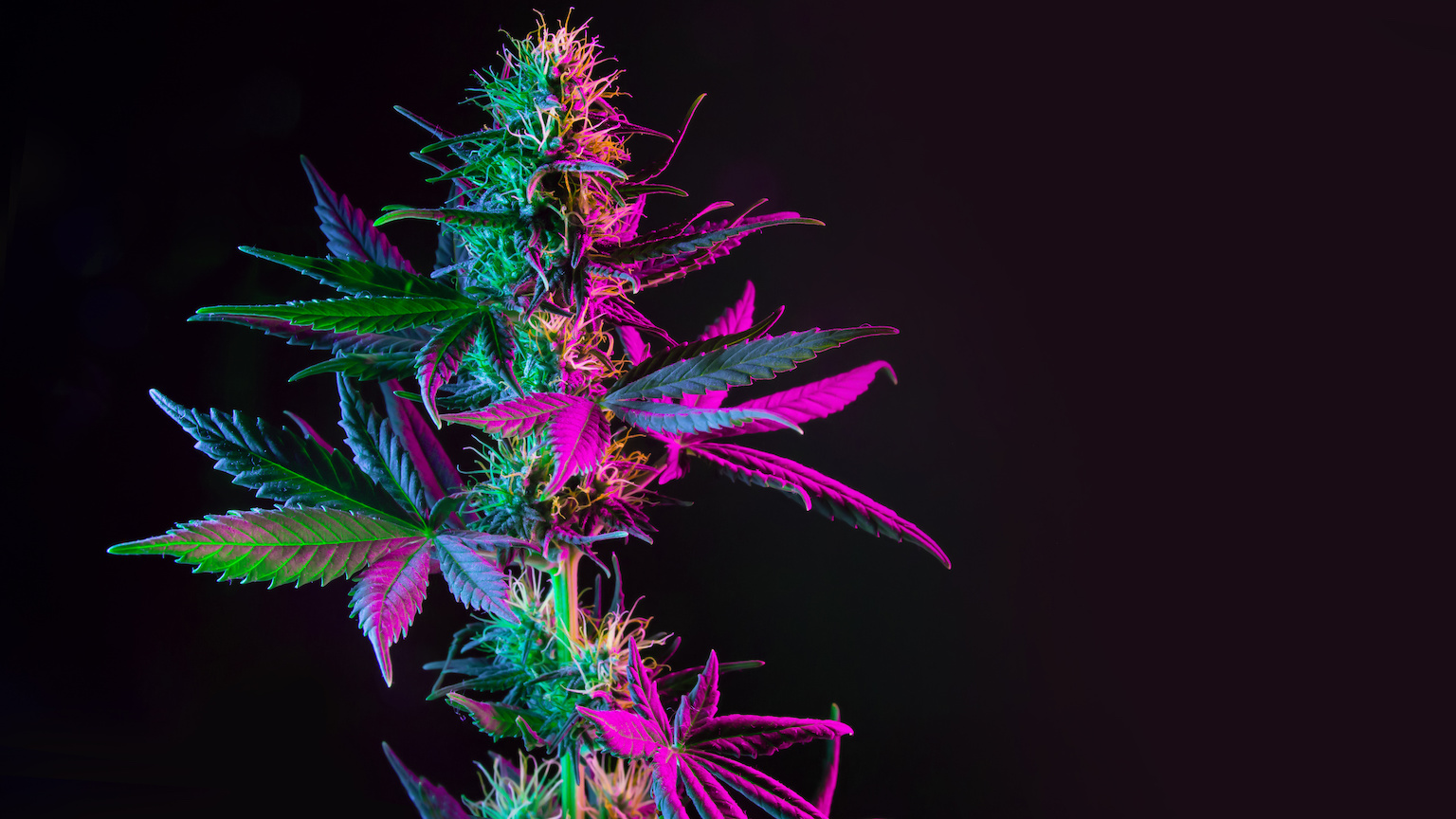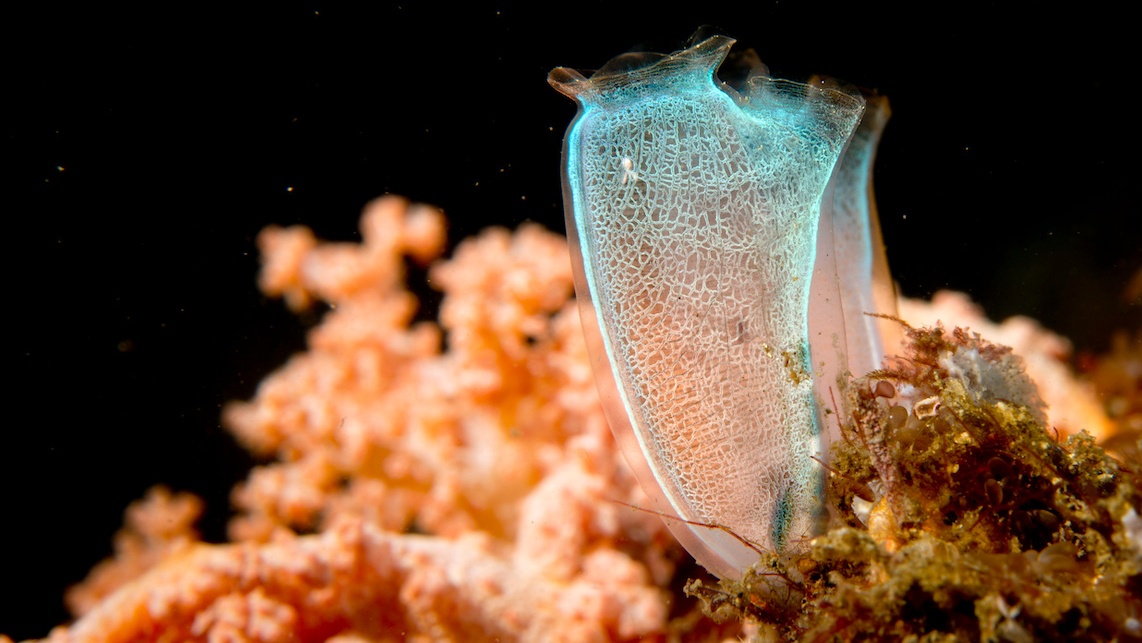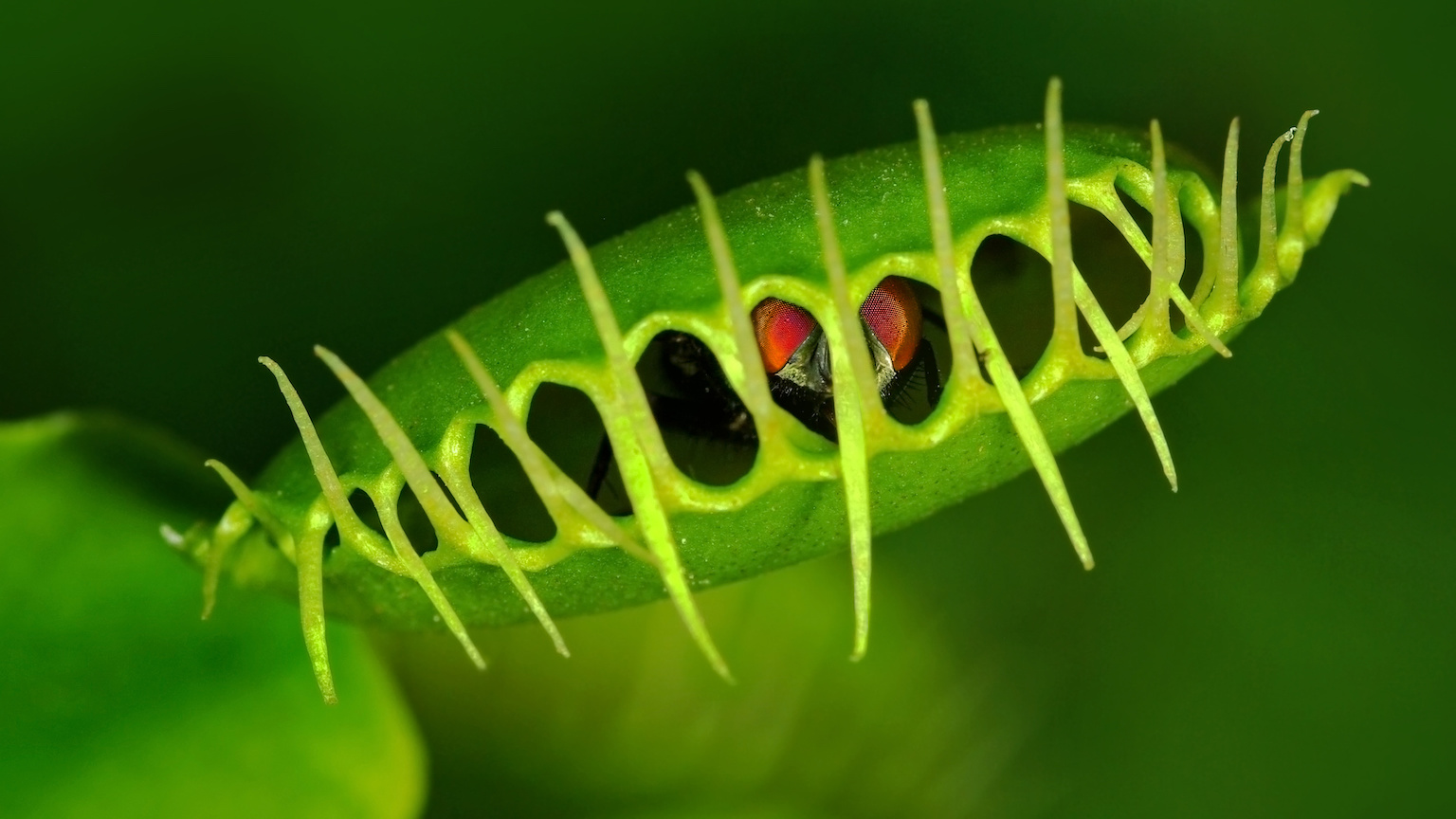Pot-pourri: There’s no telling what’s in your favorite weed strain

- There are over 700 strains of marijuana, each claiming unique chemical and effect profiles.
- Although marketers are usually required to include dosages of THC and CBD, strain names are unregulated.
- An analysis of nearly 90,000 marijuana samples revealed that some strains have no consistent chemical profile — almost as if they were named arbitrarily.
Over 700 weed strains decorate the shelves of dispensaries around the U.S., each claiming a unique profile of effects. Granddaddy Purple’s grape-y flavor delivers a fusion of cerebral euphoria and physical relaxation, perfect for combating appetite loss and insomnia. Green Crack, on the other hand, promises an invigorating mental buzz that alleviates anxiety and keeps you going throughout the day.
This diversity of effects is attributed to each strain’s unique chemical profile. Many consumers trust that marijuana strain names consistently reflect a similar profile, regardless of when or where it was purchased. A new study, however, found that strain names do not consistently align with the chemical diversity.
Almost no standards in cannabis industry
Marketers are generally required to disclose the dosage of THC (tetrahydrocannabinol) and CBD (cannabidiol) on strain labels. However, they are not obliged to include information about other cannabinoids or terpenes, which are hypothesized to have a synergistic effect on the way a product makes you feel. Therefore, many marijuana users rely on strain names rather than THC/CBD profiles to ensure they are getting the product they want. What many of these buyers don’t know is that marijuana growers and marketers are free to name their products whatever they want.
“A farmer can’t just pick up an apple and decide to call it a Golden Delicious. A beer manufacturer can’t just arbitrarily label their product a Double IPA. There are standards. But that is not the case for the cannabis industry,” said co-author Nick Jikomes, director of science and innovation for the e-commerce cannabis marketplace Leafly.com.
Testing 89,923 different marijuana samples
To get a sense of how similar same-named products truly are, Jikomes paired up with Brian Keegan, an assistant professor of Information Science at CU Boulder. Together, they conducted the largest chemical profile analysis of commercial Cannabis-derived products to date, analyzing 89,923 samples from testing labs in six U.S. states.
State laws require Cannabis-derived products destined for sale in retail locations to undergo testing to determine their chemical profile. The researchers believed it was conceivable that some marijuana merchants used this profile when assigning strain names, thus ensuring consistent products and effects.
In principle, if commercial strain names are indicative of different psychoactive effects in a discernible way, then all the samples with a particular label should share a distinct cannabinoid/terpene profile. Alternatively, because there are few regulatory constraints on the nomenclature of commercial Cannabis, it is possible that Cannabis cultivators may label their products in arbitrary or inconsistent ways.
Some weed strain names are consistently inconsistent
To determine if a weed strain name is indicative of a particular chemical profile, the researchers quantified the similarity of all products sharing a common strain name. For instance, they analyzed all the samples labeled Blue Dream, a deliciously blueberry-scented strain described as producing a balanced high, along with effects such as cerebral stimulation and full-body relaxation. While no strain had a perfectly distinct profile, samples labeled Blue Dream — as well as 25 other strains — were fairly consistent.
“There was actually more consistency among strains than I had expected,” Jikomes said. “That tells me that the cultivators, at least in some cases, may not be getting enough credit.”
However, 15 of the strains that the researchers analyzed were consistently inconsistent. For instance, samples labeled Pineapple Express, a crowd-favorite that rose to fame after the release of the 2008 film by the same name, exhibited such a high degree of variation that there was no distinct cannabinoid/terpene profile. In other words, it’s almost as if cultivators pick random plants and arbitrarily call them Pineapple Express.

“Our findings suggest that the prevailing labeling system is not an effective or safe way to provide information about these products. This is a real challenge for an industry that is trying to professionalize itself,” said Keegan. “It’s like if your cereal box only showed calories and fat and nothing else. We as consumers need to be pushing for more information. If we do that, the industry will respond.”





